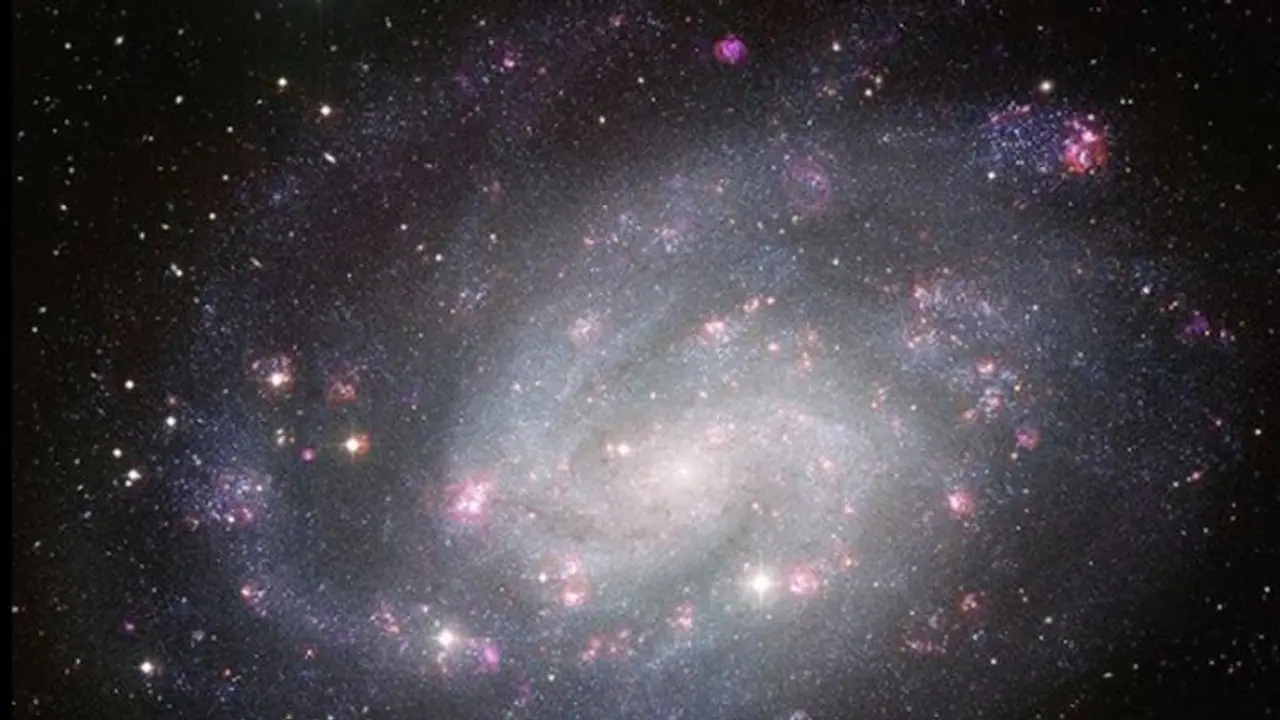Astronomers have recently revealed that many other stars, like our Solar System, have planets around them. Approximately 5000 such exoplanets have been discovered to date.
Indian astronomers have discovered a new approach for studying the atmospheres of extra-solar planets. They demonstrated that planets orbiting stars other than the Sun could be examined by examining the polarisation and fingerprints of light. These polarisation signals or changes in light scattering intensity may be studied with current sensors, and existing instruments can be used to broaden the research of planets outside the solar system. Astronomers have recently revealed that many other stars, like our Solar System, have planets around them. Approximately 5000 such exoplanets have been discovered to date.

The authors built a Python-based computational algorithm that integrated a state-of-the-art planetary atmosphere model and used all such asymmetries of an exoplanet circling the parent star at varying inclination angles in their study published in 'The Astrophysical Journal.' They computed the amount of polarisation at various latitudes and longitudes of the planetary surface defined by the disc centre. They averaged them throughout the lighted and rotated oblate planetary surface.
Also Read | Sun emitting dangerous flares; strong geomagnetic storm could hit Earth soon
Sujan Sengupta, a scientist at the Indian Institute of Astrophysics, proposed that the thermal radiation of hot young planets and the reflected light of planets orbiting other stars a few decades ago known as extra-solar planets or exoplanets would be polarised. The polarisation measurement might reveal the chemical composition and other features of the exoplanetary atmosphere. The subsequent validation of the hypothesis by observing polarisation in several Brown Dwarfs, a kind of failed star with an atmosphere very similar to Jupiter's, spurred the researchers.
The subsequent confirmation of the prediction by detecting polarisation in many Brown Dwarfs inspired researchers worldwide to build highly sensitive polarimeters and use polarimetric methods to probe the environment of exoplanets.
Also Read | Ozone hole now 8 times the size of India: Scientists
Aritra Chakrabarty, a postdoctoral researcher at IIA who collaborated with Sujan Sengupta, has created a thorough three-dimensional numerical approach and simulated exoplanet polarisation. Furthermore, depending on its location around the star, the starlight illuminates just a portion of the planetary disc. The asymmetry of the light-emitting area causes Non-zero polarisation.
If the starlight is obstructed, the polarisation at various wavelengths is enough to be observed by a simple polarimeter. It aids in the research of exoplanet atmospheres as well as their chemical makeup. Thus, soon, polarimetric approaches will open up a new window for studying exoplanets, allowing us to overcome many of the constraints of previous techniques.
